Key points
• Longevity and Durability: Cement septic tanks are known for their long lifespan and resistance to damage from environmental factors, which can make them a cost-effective option in the long term.
• Heavy and Difficult to Install: Due to their weight, cement septic tanks often require heavy machinery for installation, making the process more complex and potentially more expensive than other options.
• Environmental and Health Risks: If not properly maintained, cement septic tanks can crack and leak, leading to groundwater contamination and health hazards, plus they are less sustainable due to the energy-intensive production process of cement.
Contents
- 1 Key points
- 2 Definition of Cement Septic Tanks
- 3 Initial Installation and Cost
- 4 Potential for Corrosion and Deterioration
- 5 Weight and Transportation Challenges
- 6 Environmental and Health Risks
- 7 Comparative Analysis with Alternative Septic Tank Materials
- 8 Case Studies and Real-world Applications
- 9 Regional Variations in Septic Tank Performance
- 10 Future Outlook and Innovations
- 11 Frequently Asked Questions (FAQ)
Cement septic tanks—sturdy, tried-and-true soldiers in the sanitation arena.Now, on the one hand, they’ve got some perks that make ’em a go-to for many households. There are a few drawbacks that might make you think twice. Let’s dive into both sides to paint a clearer picture.
Definition of Cement Septic Tanks
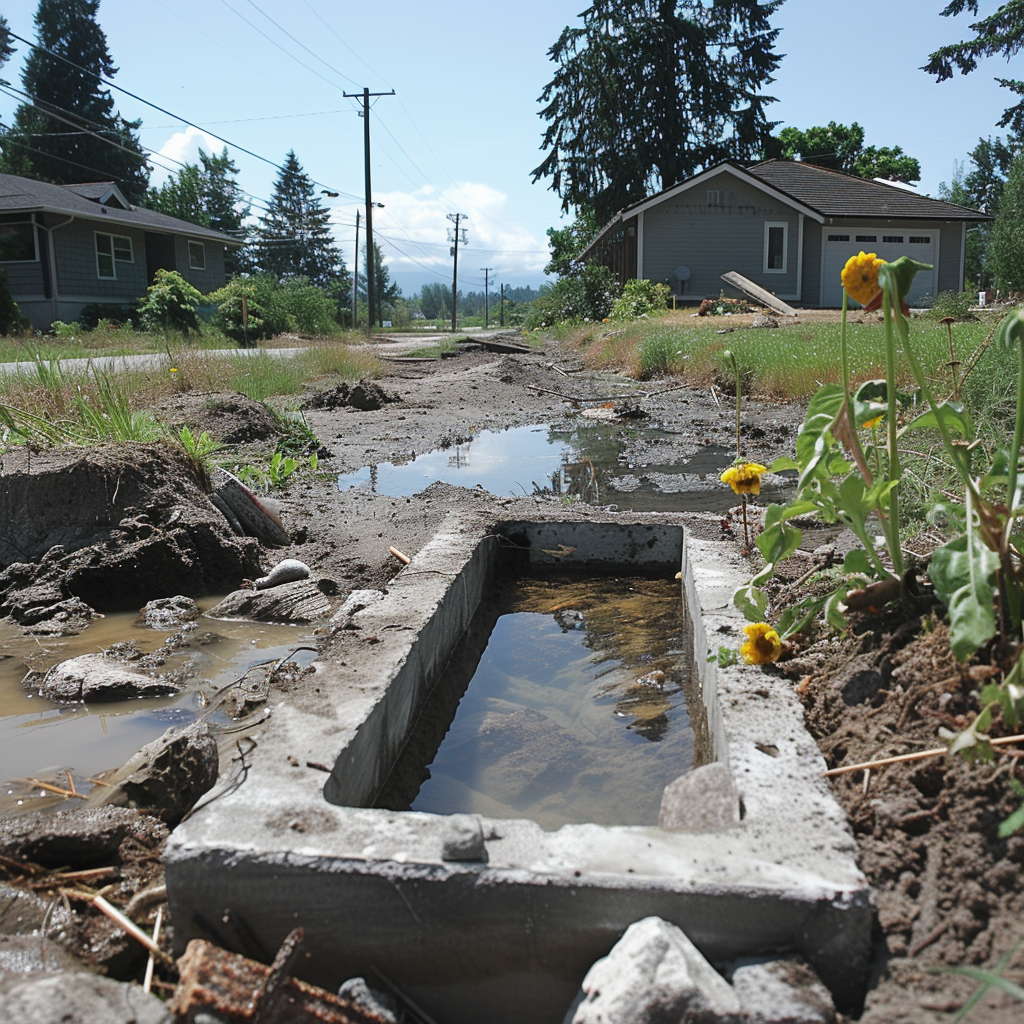
In essence, these tanks are big ol’ containers made out of concrete—they’re what you’d call robust with a capital R! We’re talking about an underground chamber where domestic wastewater flows in for basic treatment. You’ve got your solids sinking down and the liquids flowing through—a little tag team between gravity and time doing their thing before the effluent heads out to the drainfield.
Pros
Alrighty then, let’s kick off with the advantages:
- Durability: These babies are built to last—longevity is basically their middle name.
- Strength: We’re talking Superman-levels here; they won’t cave under pressure easily.
- Maintenance: Here’s where they shine—you won’t find yourself constantly repairing or replacing them (who’s got time for that?).
- Capacity: Size matters (let’s be real), and these tanks come ready to accommodate a hefty load.
Cons
But hey, let’s keep it real—there’re a couple of downsides too:
- Weighty Issues: These tanks are heavy as all get-out. Good luck if you ever need to move one; you’ll need more than just a spoonful of sugar to sweeten that chore.
- Installation Mishaps: Because they’re such beasts, laying one down isn’t exactly child’s play. You get it wrong, and hey presto! You could be looking at cracking or other woes down the line.
- Careful with Corrosion: Concrete can play nice with water most times but add certain waste chemicals, and corrosion can creep in—not cool if you want your tank playing the long game.
- The Cost Factor: Yep, they can put a dent in your wallet upfront compared to other materials—that initial investment isn’t exactly chump change.
All said and done, picking out a septic system is kind of like choosing between chocolate and vanilla—there’s no one-size-fits-all answer. But now that you’ve got the lowdown on cement septic tanks (warts and all), you’re better equipped to make an informed choice. And sure enough, knowledge is power—even when dealing with stuff as unglamorous as waste management!
Durability and Longevity
Cement septic tanks are known for their ability to stand the test of time. Crafted from material that’s tough as old boots, these tanks are resilient against natural shifts and deterioration over the years. It’s not unusual for a cement septic tank to see several decades of service without batting an eyelid, providing peace of mind for homeowners who want a little more bang for their buck.
Structural Integrity
Due to the weight and solidity of cement, these systems can resist floatation in high water table areas, unlike lighter options like plastic or fiberglass tanks which may require additional anchoring. This means less worry about your tank relocating during heavy rain or floods—it stays put just as sure as the sun’ll rise tomorrow.
Maintenance and Repair
Handling the rough and tumble of everyday use with aplomb, maintenance and repair concerns are a tad less nerve-wracking with cement septic tanks. While they do require regular upkeep—like any other tank—fixing them doesn’t necessarily mean you’ll be up the creek without a paddle. Repairs can sometimes be carried out onsite, reducing downtime and potentially avoiding a complete replacement.
Environmental Considerations
Last but not least, if you’re green at heart, cement septic tanks might just tickle your fancy. They seldom falter in terms of integrity, meaning the risk of pollutants seeping into the soil is significantly low. Their robustness ensures environmental contamination isn’t a frequent concern—a breath of fresh air compared to other materials that might degrade more readily under mother nature’s thumb.
Initial Installation and Cost
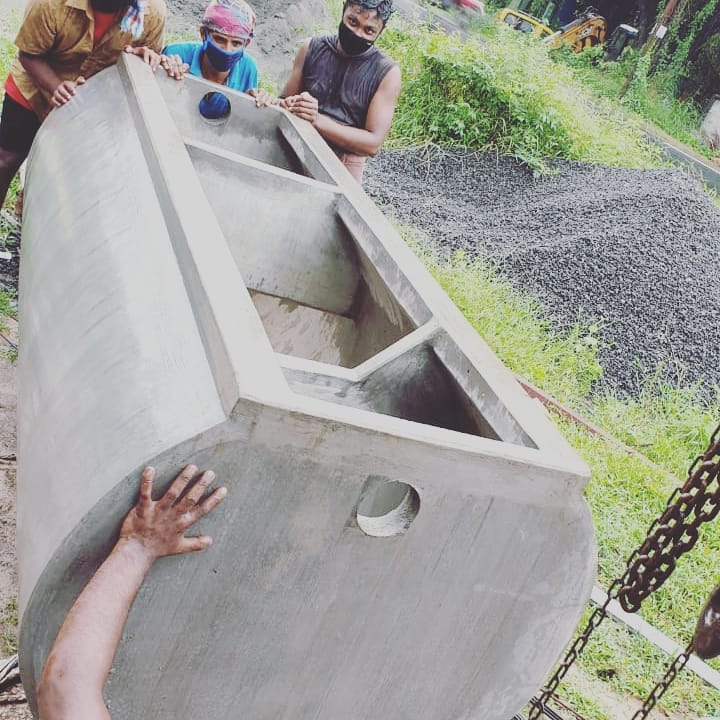
When you’re in the market for a septic tank, the upfront cost and installation of a cement model can give anyone a bit of sticker shock. They’re not known for being cheap, and rightly so—compared to their plastic or fiberglass counterparts, cement septic tanks often come with a heftier price tag.
But before you balk at the expense, keep in mind that this is no small investment. We’re talking about something that needs to stand the test of time under your property. You’ve got permit fees, installation costs, and sometimes even additional expenses if your site is hard to access or requires special preparation. Remember though, you get what you pay for, and these things are built to last.
Potential for Corrosion and Deterioration
It’s an unpleasant truth that over time even the stoutest materials can show signs of wear and tear—and cement septic tanks are no stranger to deterioration. The issue isn’t just about longevity; it’s also about performance.
As corrosion sets in, typically due to the natural acids found in wastewater, it can compromise the integrity of the tank, leading to leaks or structural failure. Even more troubling? Repairing or replacing a tank isn’t exactly a walk in the park; it’s disruptive and costly. So although they may be tough as nails initially, these tanks require some inspection and maintenance because Mother Nature’s elements don’t play nice forever.
Weight and Transportation Challenges
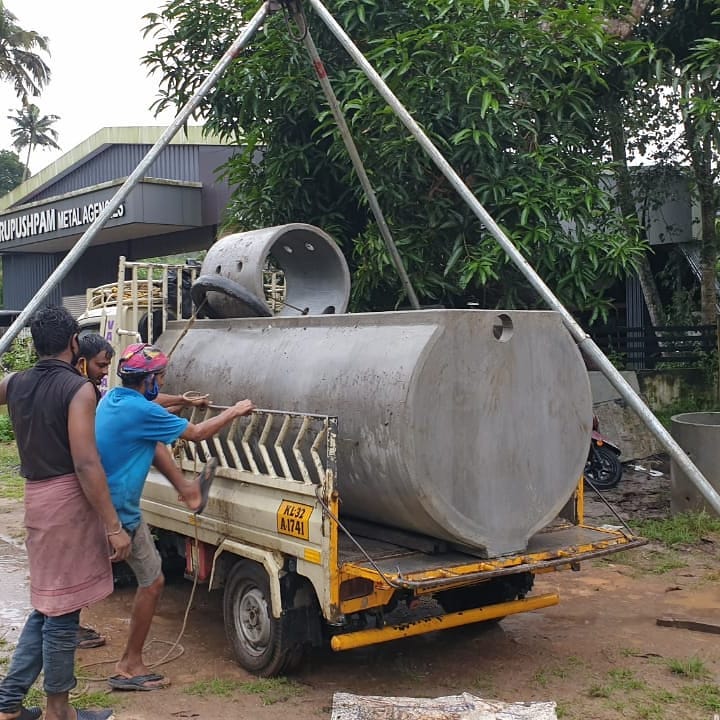
Here’s where things literally weigh heavy on the decision-making process—cement septic tanks are undeniably heavyweights in their category. This isn’t just about flexing muscle; their substantial mass poses real challenges when transporting them to your property.
We’re talking major logistics with specialized equipment required just to move them from point A to point B. And should you have a tricky location that’s not easily accessible by large trucks or cranes? Well then, it’s not only logistical acrobatics but potentially an added expense too.
Environmental and Health Risks

One cannot ignore the environmental and health implications tied to any type of septic system, but cement tanks bring a few concerns unique to them. In cases where deterioration allows leakage, there’s potential for untreated sewage to escape, contaminating local water sources—a scenario nobody wants on their conscience or their record.
Moreover, during construction or retrofitting works, folks need to handle silica dust that emanates from concrete with care due to respiratory risks associated with inhaling it—even if it does seem like splitting hairs considering all other major concerns.
Advantages of Cement Septic Tanks
Regarding durability, cement septic tanks often steal the spotlight. They’re known for their robustness and longevity; these tanks can withstand the test of time, sometimes lasting half a century or more with proper care. Their weight is also beneficial as it significantly reduces the risk of “floating” in high water tables when compared to lighter alternatives. Moreover, their sturdiness ensures they resist buoyant forces upon them during wet conditions.
Another plus is that cement septic tanks are typically non-permeable when maintained correctly, meaning external water from the surrounding soil doesn’t permeate it easily, which could otherwise dilute and disrupt the wastewater treatment process.
Disadvantages of Cement Septic Tanks
Cement septic tanks do have their downside though. For starters, they are heavy and unwieldy, which can make installation a tad bit cumbersome and potentially pricier due to the need for specialized equipment. There’s also the issue of corrosion over time; acidic soil conditions may erode the structural integrity of these tanks.
The potential for cracks is there too; if not crafted or installed precisely, a little bit of excessive strain might lead to cracking—this provides an avenue for leaks and contamination of the local environment. Over time, maintenance could be on the higher end since damaged or degraded tanks would necessitate repair or replacement.
Comparative Analysis with Alternative Septic Tank Materials
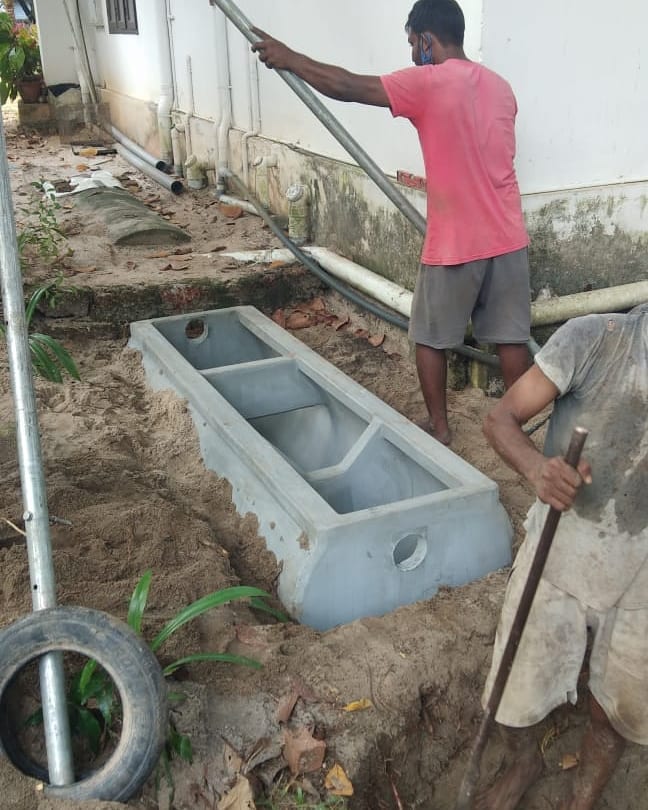
Put plastic against cement septic tanks, and you’ve got quite the match-up. Plastic tanks are beneficial because it’s significantly lighter than concrete and often cheaper to install due to its ease of handling. These types aren’t subject to crumbling under harsh soil conditions like their cement counterparts—a point worth considering indeed.
That said, plastic might not always come out on top; its lightweight nature means it’s more prone to shifting if water saturates around it or if not anchored properly, whereas cement remains steadfastly immobile. Plus, plastic can be less resistant to damage from heavy mechanical impact above ground level or even aggressive root growth from nearby vegetation.
Cement vs. Fiberglass Septic Tanks
Moving on to fiberglass which shares some similarities with plastic when held up next to cement septic tanks: It’s lighter and relatively easy to install – characteristics appealing at first glance. Fiberglass has a knack for resisting corrosion too—a significant upside considering what we’ve noted about potential erosion threats facing cement over long periods.
Still, nothing’s perfect; fiberglass units run the risk of distortion over time if installed improperly or subjected to constant ground pressure changes. They could bow or warp under certain pressures where a concrete tank would stand firm.
In summing up this roundabout of comparisons across various types of septics, each material walks away with its fair share of accolades and advisements. Plenty to think about for folks pondering which route to take for their septic tank needs!
Cement septic tanks come with their unique set of advantages and disadvantages.
Advantages
For starters, these tanks are known for their durability. Given that they’re made from concrete, they can last for quite some time, often decades if maintained well. Also, being heavy means they’re less likely to shift in the ground, a big plus in areas with unstable soil conditions.
Disadvantages
However, nothing’s perfect; cement septic tanks are no exception. They can be prone to cracking, and if water gets into these cracks, it’s bye-bye structural integrity. Moreover, acidic soils and waste can eat away at the concrete over time. And let’s not forget the installation – it’s usually more labor-intensive and expensive compared to other types of septic tanks.
Case Studies and Real-world Applications
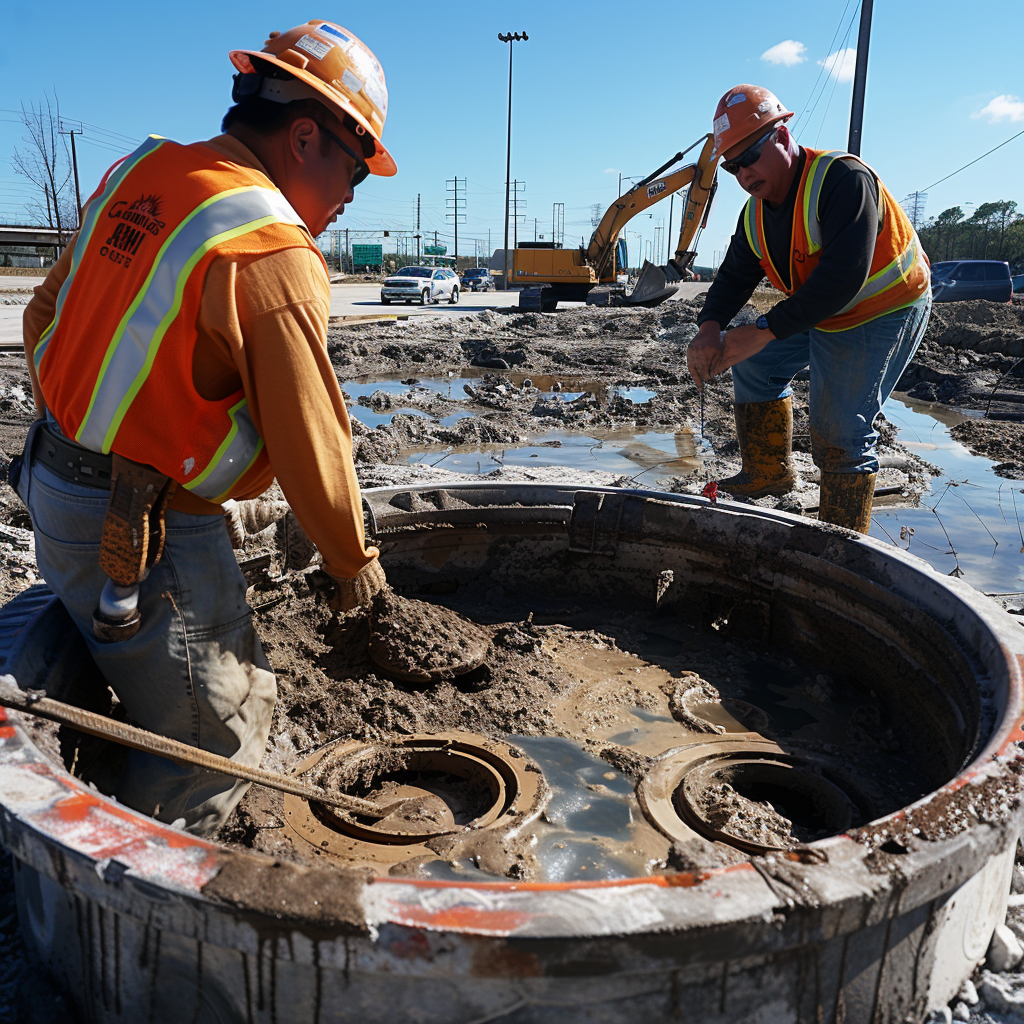
Diving into real-world applications offers a clearer picture of how cement septic tanks function in practice.
Cement Septic Tank Success Stories
There have been instances where cement septic tanks proved extremely resilient in severe weather events. In one case study, during major flooding, a neighborhood with concrete tanks remained unscathed as opposed to those using lighter materials which were uprooted or damaged. Such resilience shows that a little investment upfront in sturdier materials can pay off in spades when disaster strikes.
Challenges and Failures: Lessons Learned
On the flip side, there are cautionary tales aplenty. Some concrete tanks have failed prematurely due to poor design or substandard construction practices. When these lapses occur, it often leads to groundwater contamination—quite the environmental faux pas. Fortunately, such failures underline the need for stricter quality controls and better construction standards.
Regional Variations in Septic Tank Performance
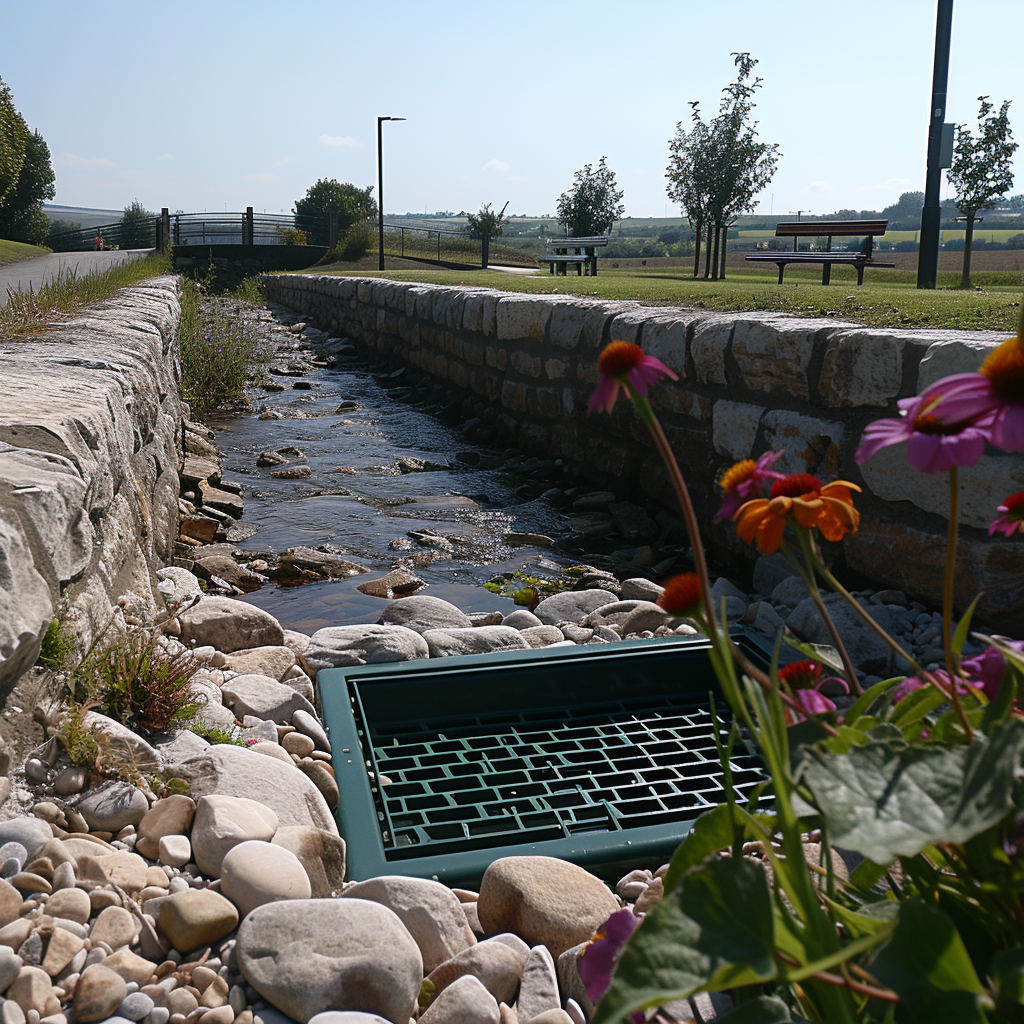
The effectiveness of any septic system is significantly influenced by regional factors such as climate, soil type and local regulations.
Variation Factors
In colder regions, for instance, cement septic tanks must withstand freeze-thaw cycles without degradation. Meanwhile, areas with acidic soil require specially coated concrete tanks to avoid erosion. Coastal communities also face challenges from saline conditions that can accelerate corrosion.
Around the globe, each locale has tailored its use of cement septic tanks to suit its environment—and this adaptability might just be the strongest testament to their utility.
While there may be occasional bumps in the road (like a small crack here or a regulatory hurdle there), cement septic tanks continue to play a pivotal role in waste management across varied terrains—each case study providing valuable insights into best practices and reminding us that even rock-solid solutions like concrete have limitations that demand respect and understanding.
Cement septic tanks have been a staple in waste management for years, offering a mixed bag of benefits and drawbacks. On the one hand, they are known for their long-lasting durability; cement can withstand the test of time, often outliving lighter-weight alternatives. These sturdy structures are less likely to float in high water tables, a nod to their robust construction. Additionally, they’re impermeable to root growth from nearby vegetation, which keeps structural integrity intact and prevents unwanted breaches.
However, it’s not all sunshine with these tanks. Their heavyweight makes installation a bit of a bear, requiring heavy machinery that may up the ante on installation costs. Cracks can form over time due to shifting soil or heavy loads above ground – while fixable, this presents an ongoing maintenance concern. Not to mention, the pH level of sewage can sometimes play foul, leading to corrosion if not monitored and managed properly.
Future Outlook and Innovations
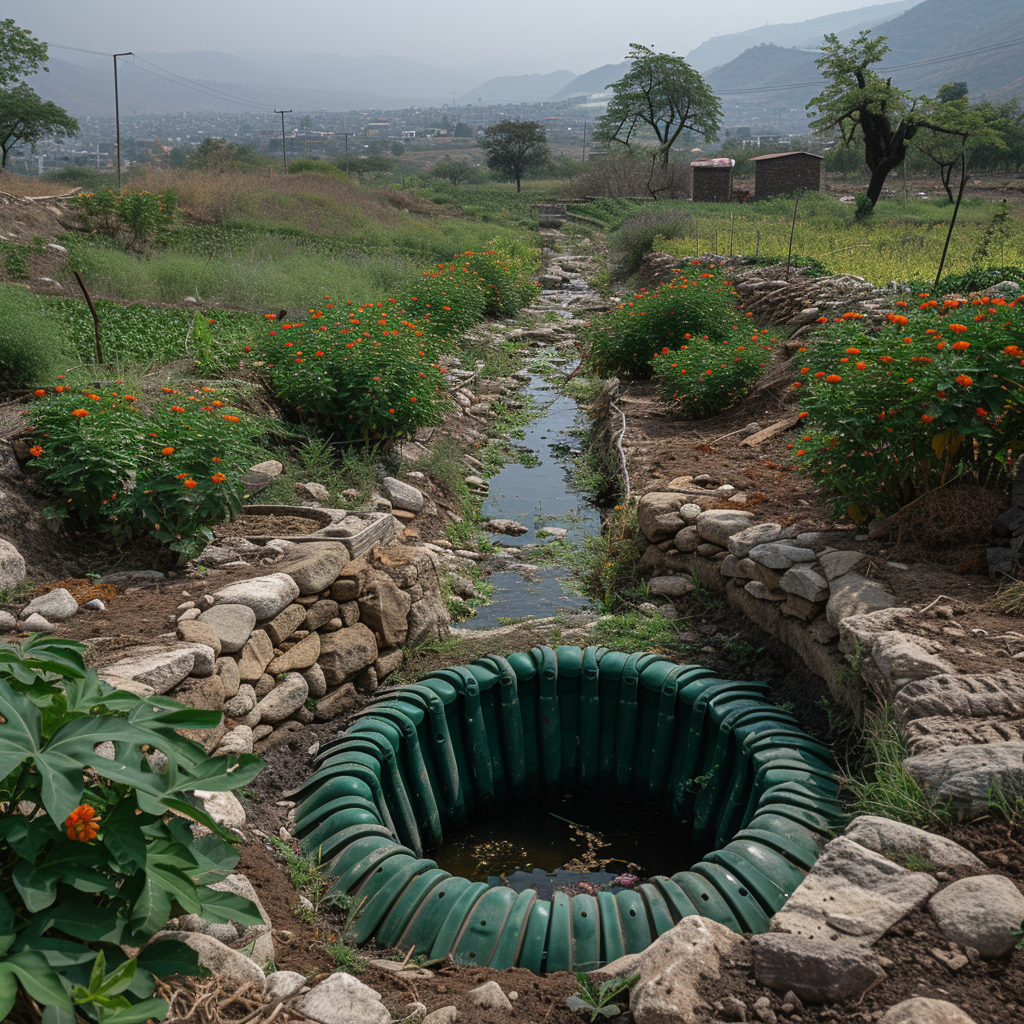
Looking ahead, cement septic technology isn’t sitting still; it’s continuously evolving with new advances aimed at beefing up its resilience and longevity. The introduction of hi-tech concrete blends sprinkled with microfibers is a prime example; they aim to reduce the occurrence of those pesky cracks that can lead to leaks or structural failures. Plus, advancements in pre-cast technology could mitigate some installation headaches by enabling more precise and rapid placement of tanks.
Integration of Sustainable Practices in Septic Tank Design
Sustainability isn’t just a buzzword – it’s infiltrating septic tank design too! As we shimmy into an era where environmental impact is front-row-center, expect to see cement septic tanks designed with greener practices in mind. This might mean anything from incorporating recycled materials into the mix to reimagined designs that enhance efficiency and reduce overall ecological footprints.
Policy and Regulatory Changes Impacting Septic Systems
Rules ain’t static either – policy and regulations governing septic systems are always subject to change, directly influencing how these systems will be crafted and maintained in future days. Staying abreast of local guidelines will be crucial since compliance can pivot on a dime with new environmental mandates or health concerns driving regulatory shifts.
We’ve covered quite a bit here – sheds some light on what’s up with cement septic tanks today plus a little crystal ball gazing into what tomorrow might peg their progress at!
Frequently Asked Questions (FAQ)
What factors might cause a cement septic tank system to degrade over time?
Several factors can lead to degradation in cement tanks. These include soil acidity, water table levels, and the presence of corrosive substances in wastewater. Over time, these elements may compromise the structural integrity of a tank.
Is it possible for professionals to gauge the lifespan of my septic system?
Yes, professionals can estimate your system’s lifespan based on a number of variables such as installation quality, maintenance techniques employed, and local construction codes governing material use.
Can fiberglass tanks present any damage challenges to homeowners?
Certainly. Fiberglass tanks can suffer from damage due to ground movement or heavy impact. Additionally, aging materials and improper manufacturing could also contribute to their eventual deterioration.
Are there any maintenance tips that The Original Plumber & Septic advises for septic systems?
Absolutely. The Original Plumber & Septic typically highlights the importance of regular pumping to remove waste particles, checking effluent levels, and preventing grease and oil from entering the system.
Will I need special maintenance services if I choose fiberglass tanks over cement ones?
Depending on your specific setup and local conditions, maintenance requirements may vary between tank types. It’s best to consult with plumbing professionals who specialize in each type for tailored advice.
Does 'The Original Plumber & Septic' provide repairs on behalf of affiliate services using auto dialer marketing techniques?
It’s common practice for The Original Plumber & Septic and its affiliates to offer repair services; however, their marketing strategies like auto dialer calls should always have customer consent according to their Privacy Policy.
How prevalent is corrosion among the different material variants (fiber, concrete) used in septic tank systems?
Concrete variants tend to face corrosion risks from acidic conditions and harsh wastewater contents while fiberglass generally resists corrosion better but may still be susceptible under certain conditions – each material faces its own unique corrosion challenges.

I’m Tim Robberts, a seasoned wastewater treatment & septic system expert with over 40 years of experience in the field. My career began as a septic tank installer, and I quickly gained a reputation for my attention to detail and commitment to excellence. Over the years, I’ve honed my skills in designing, installing, and maintaining septic systems for residential and commercial properties.